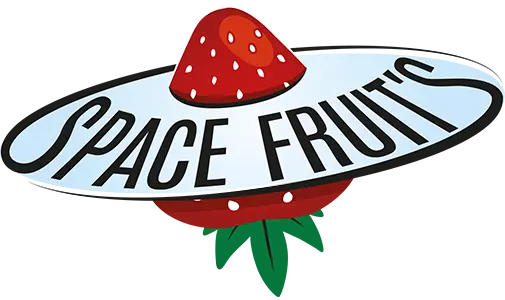Lyophilization, also known as freeze-drying, is an advanced technological process that allows for the preservation of the natural quality and nutritional value of food products. This method involves precise control of the drying process, resulting in the removal of water from the dried material in the form of gas, bypassing the liquid phase. This process is carried out under high vacuum conditions and low temperatures, enabling the sublimation of ice, which is the direct transition from the solid phase to the gaseous phase.
In the first stage of lyophilization, the material to be dried is frozen. It is then placed in a vacuum chamber where the temperature is gradually increased, causing the sublimation of the frozen water. However, a key element of this process is maintaining a high level of vacuum to prevent the return of water to the liquid phase. As a result, the material doesn’t lose its sensory and nutritional properties, and processes of chemical and microbial reactions are minimized.
Lyophilization has several advantages compared to traditional drying methods. Lyophilized products retain not only their natural taste, aroma, appearance, and color, but also their full nutritional value, including vitamins and minerals. Furthermore, due to the preservation of the cellular structure, these products can be quickly rehydrated, restoring their original texture and quality.
One of the main reasons why lyophilization is considered one of the best methods of food preservation is that lyophilized products are lightweight, easy to store, and transport. They also offer a long shelf life and maintain microbiological stability. As a result, consumers can enjoy high-quality and flavorful food products for an extended period after the lyophilization process.
In summary, lyophilization is an advanced drying technique that enables the preservation of the full nutritional value and quality of food products. Thanks to the unique parameters of the process, lyophilized products stand out with their natural taste, aroma, color, and extended shelf life. This method is not only beneficial for the quality of products but also for their durability and practicality in everyday use.

